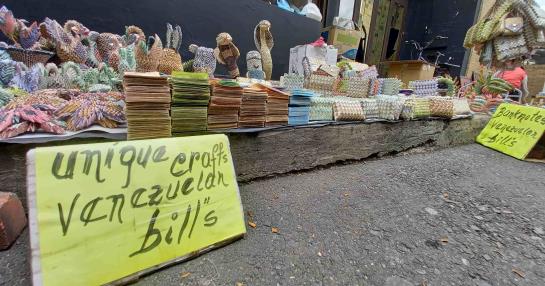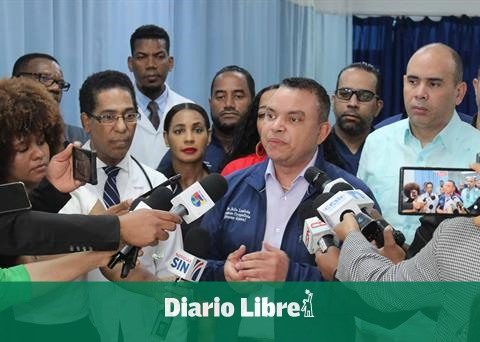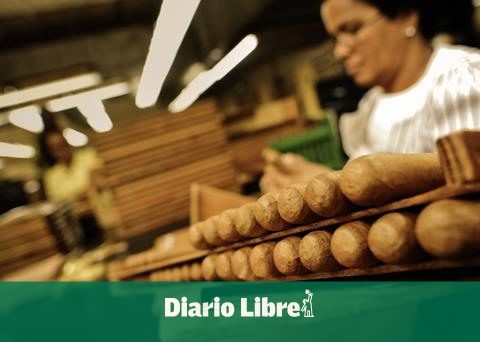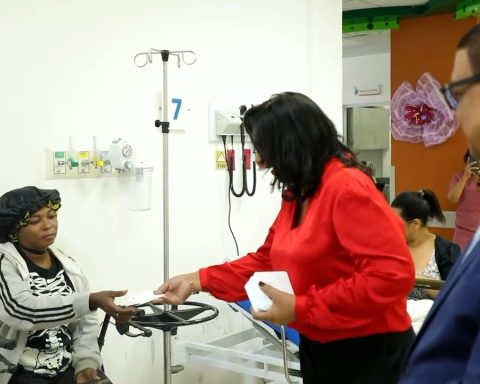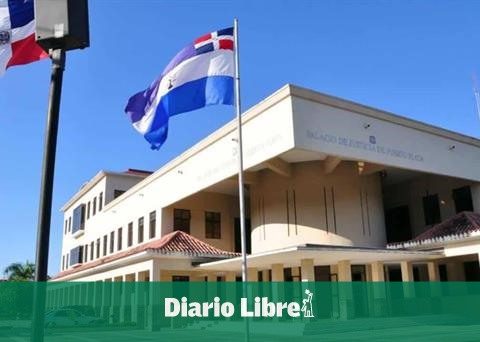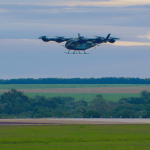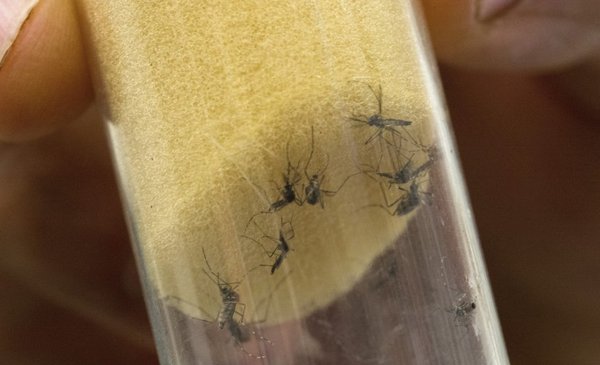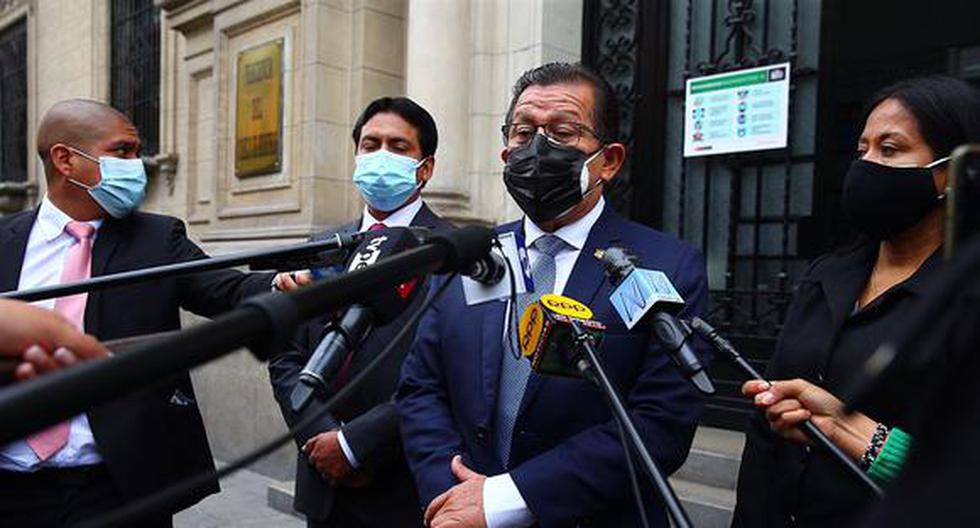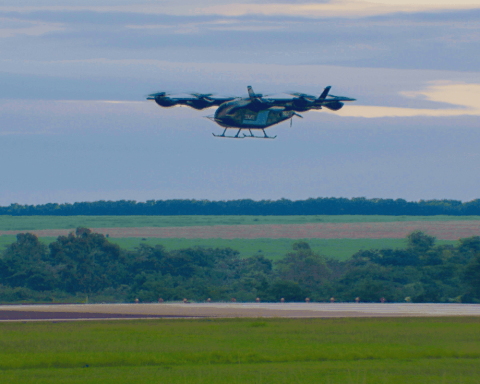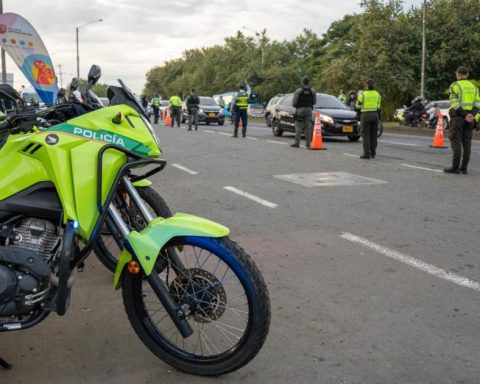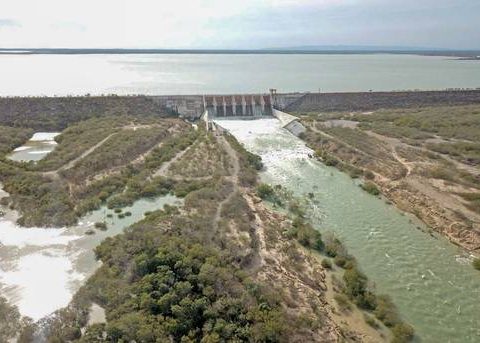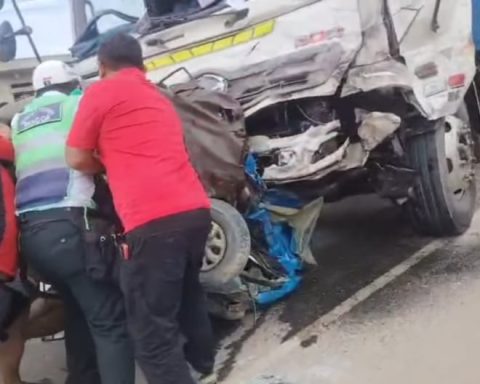Between the posts of Flea market from Usaquen, Bogota, there is a Colombian who considers himself famous. With pride, he mentions local and foreign media in which he has appeared as an interviewee. He has become known for selling wallets and decorative pieces made with banknotes bolivars Venezuelans.
A butterfly made with ballots of 20 and 1,000 bolivars, Luis Orlando Ortega sells it for 10,000 Colombian pesos, which, at the current rate of the dollar in Colombia, is equivalent to 2.5 dollars. An owl offers it for 20,000 Colombian pesos, equal to 5 dollars.
The exchange rate in Venezuela it was trading yesterday at 4.81 bolivars per dollar in the parallel market, according to the portal Dolar Today. The exchange of dollars in Cucuta, a Colombian city near the border with Venezuela, it was 5.57 bolivars.
Although the figures appear stable, the Venezuelan currency has suffered a continuous devaluation Due to the hyperinflation. To deal with it, the country has removed 14 zeros from its currency in the last 14 years as a monetary reconversion measure that has not had the expected success.

The government of Nicholas Maduro has attributed the hyperinflation to causes motivated from abroad to destabilize his administration.
The most recent suppression of digits became effective on October 1, 2021, when a monetary scale began to be applied that eliminated six zeros from the national currency, which was renamed bolivar digital.
Three years earlier, in 2018, another conversion was made that eliminated another five zeros from the currency, which was called bolivar sovereign.
By January 2008, the so-called bolivar strong, created in 2007, which meant the elimination of another three zeros.
Although the country has its own currency, the economy Venezuela is currently highly dollarized -although not officially- and the bolivar scarce. Due to this, Ortega can no longer easily access the banknotes that he uses as raw material to make the figures through the art from origami, which also sells in the historic center of Bogota.
Depending on its size, to make a wallet you need 16 or 40 bills; for purses between 50 or 60. Ortega made a United States flag with 1,300 bills. The ballots are cut into pieces to later assemble the structure.
“In times of abundance and prosperity that occurred during the inflation, the bill could be seen rolling around in the trash, not anymore today,” says Ortega, who emigrated to Venezuela at the age of 9, where he trained as a textile designer and musician. He lived there for 50 years until the economic crisis forced him to return to his country 7 years ago.
“As a result of the entry of the dollar (in Venezuela), the exchange houses eliminated everything that is called bolivars, and now we have to look for them within the border, but what happens? Venezuela It’s sad,” he says.
“(If) you are caught with a batch of bills within the border of VenezuelaApart from being jailed, they take it away, so you have to pay, that’s why it has become even more scarce and more expensive”.
Despite the shortage, Ortega indicates that he has accumulated bills to be able to make pieces during the next six months. He points to some boxes behind him where he keeps them. His concern is not having the ballots with the colors he wants to work on the pieces, which he now makes smaller to save raw material.


(FREE DAILY / MARIELA MEJÍA)
Like Ortega, Venezuelans have also proliferated with the elaboration of objects with bolivars, such as cobras, turtles and swans. It was from 2018 when this technique became more noticeable, and the novelty began to be spread by the press and Ortega became “famous”.
Its intention is to give value to the ballots that end up as decorative objects in the houses and offices of tourists and locals.
